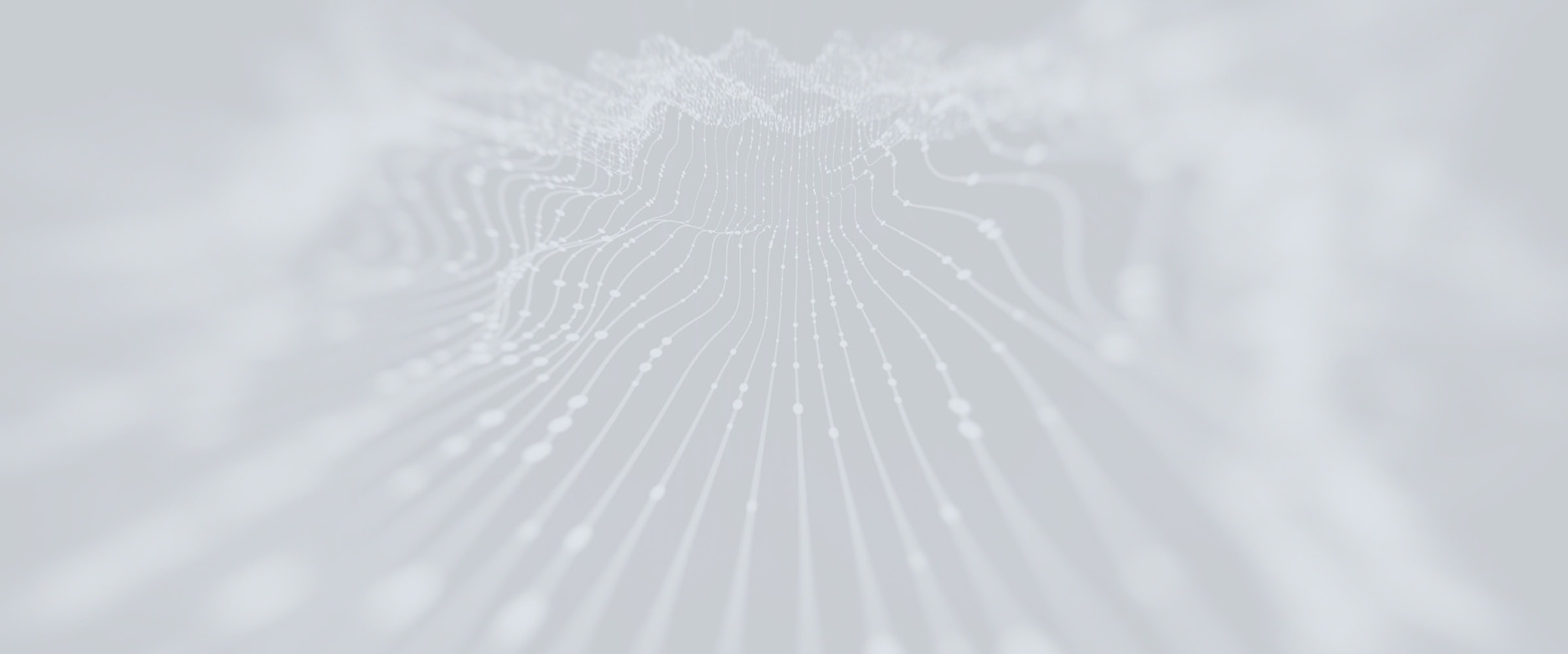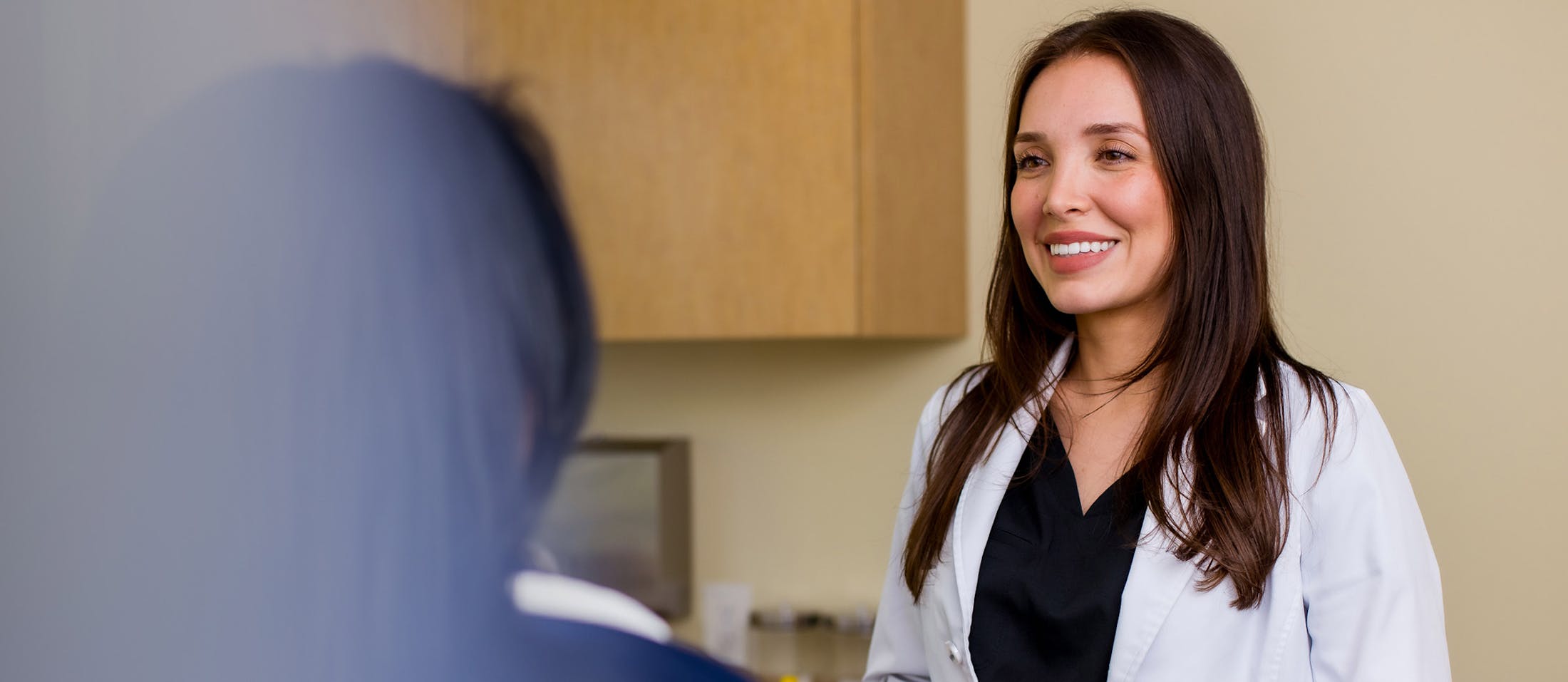If you’re struggling with spinal deformities such as scoliosis or sagittal imbalance, California Neurosurgical Institute offers specialized corrective surgeries designed to restore alignment, alleviate pain, and improve function. Our services are tailored for patients aged 12 and up seeking effective solutions for complex spinal conditions.
What Is The Surgical Procedure?
Here’s a three-step overview of what to expect during corrective spinal surgery in Valencia & Encino at California Neurosurgical Institute:
- Preoperative Consultation: You will undergo a comprehensive evaluation, including imaging studies and a physical examination, to assess the extent of your spinal deformity and plan the appropriate surgical approach.
- Surgical Procedure: The corrective surgery is performed through carefully planned incisions. Techniques may include spinal fusion, osteotomy (bone removal), and instrumentation (the use of medical devices attached to the spine) to realign the spine and stabilize it.
- Postoperative Care: Recovery involves managing pain, following a rehabilitation plan, and gradually resuming normal activities. Our team will closely monitor your progress to ensure a successful recovery.





